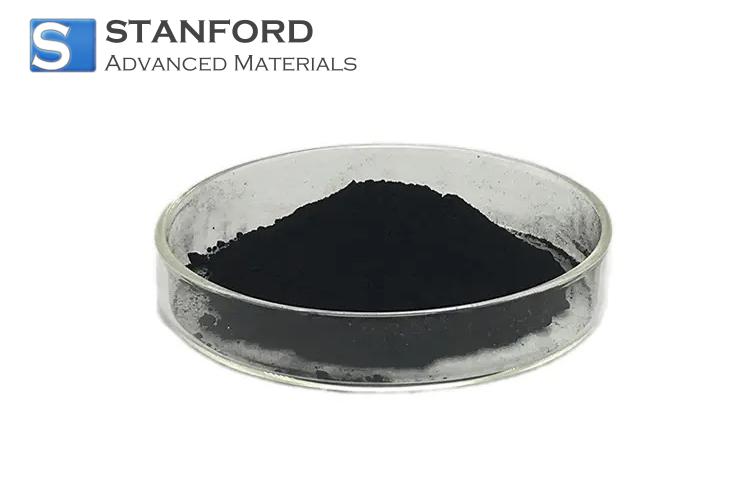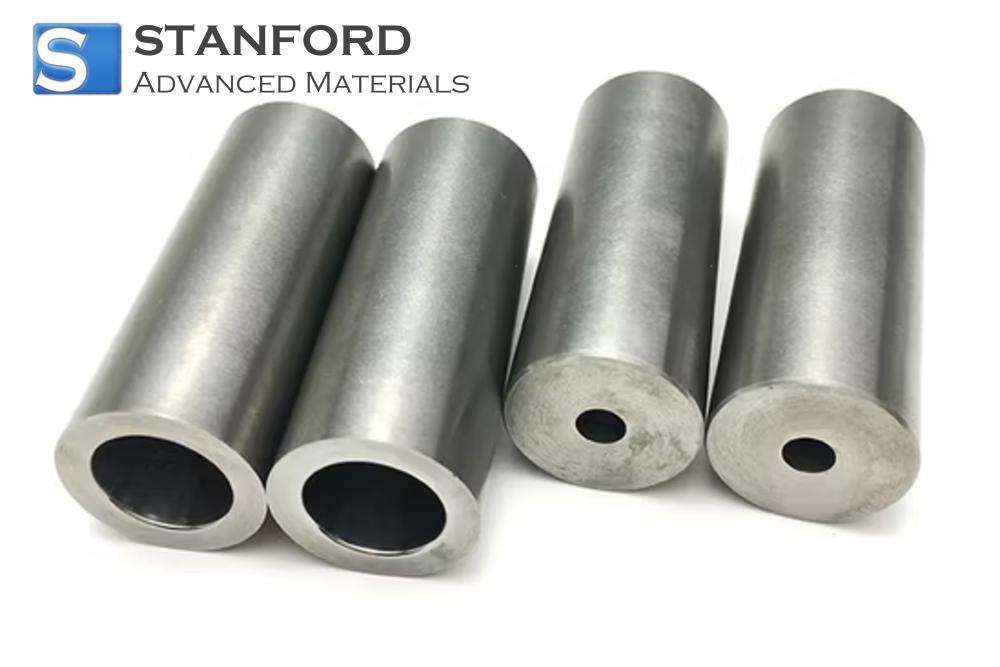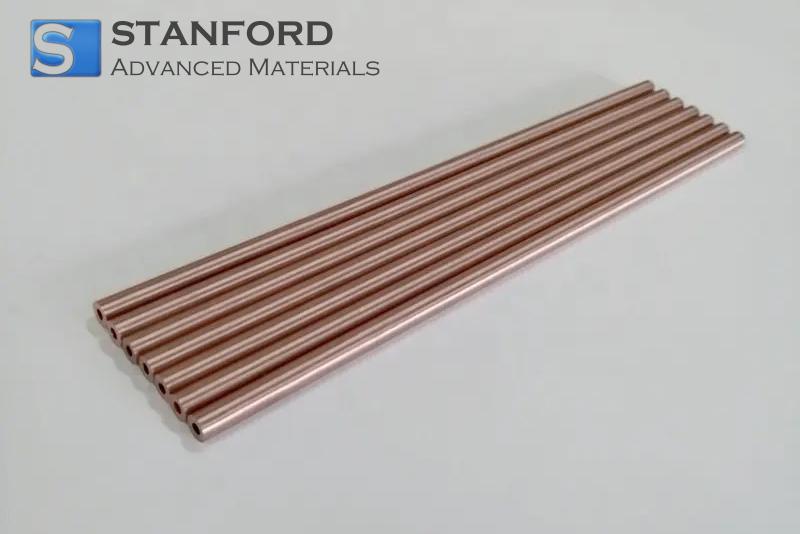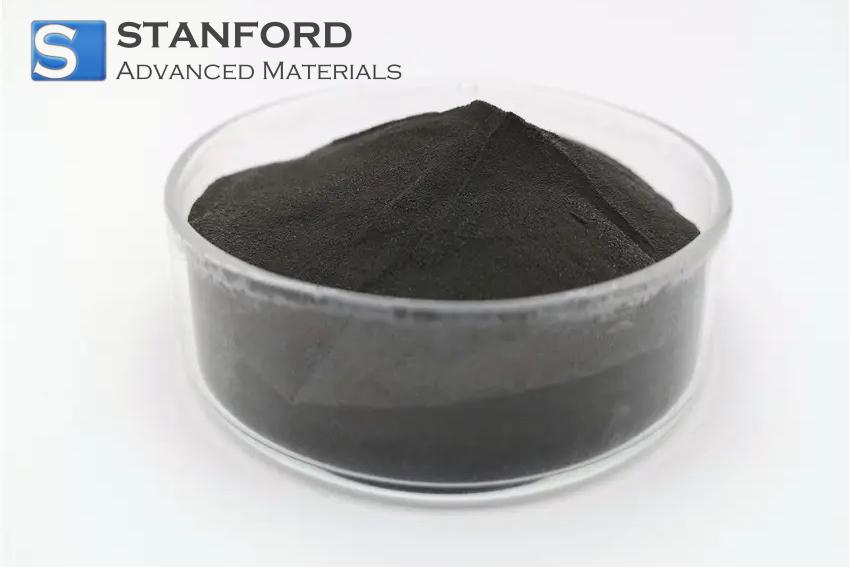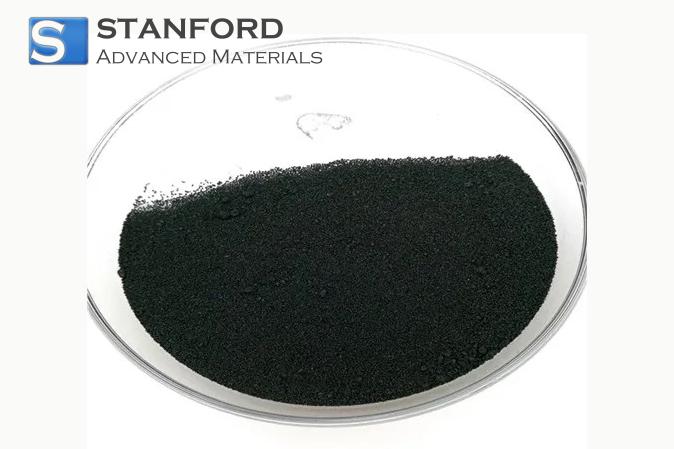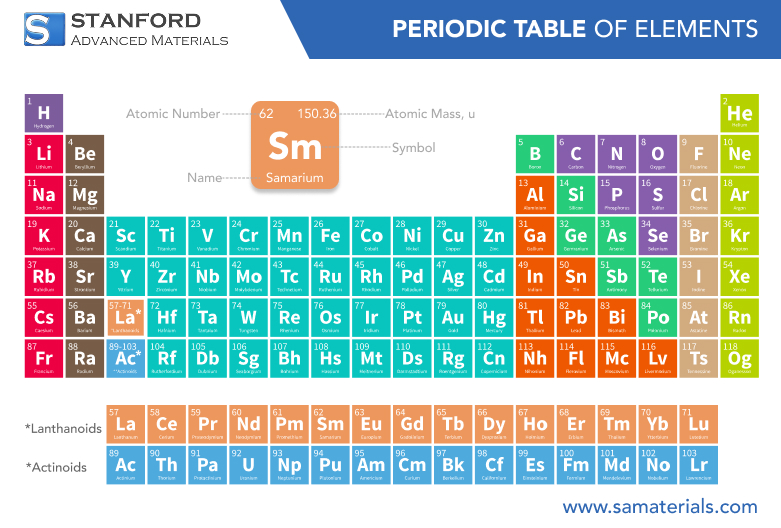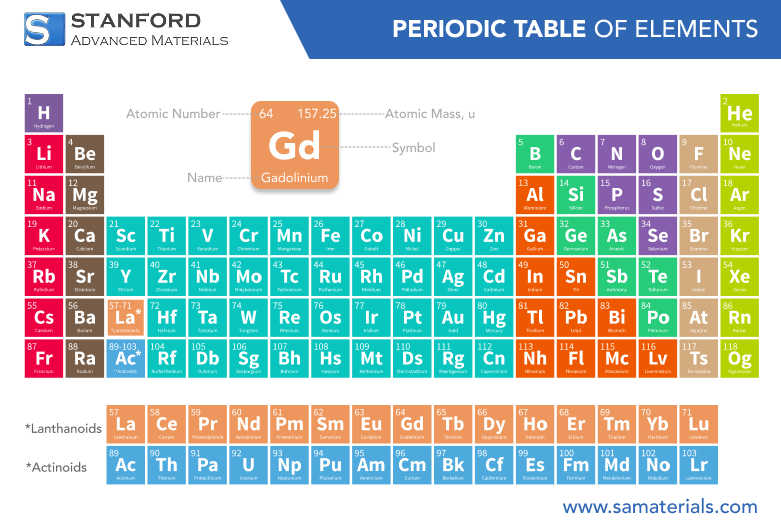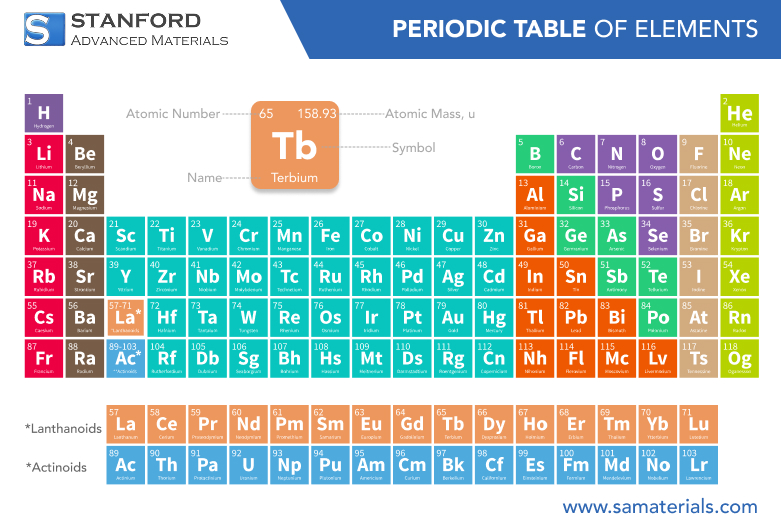Europium: Element Properties and Uses
Description
Europium is a rare earth metal known for its high fluorescence and exceptional ability to absorb and emit light. It is widely used in phosphorescent applications and nuclear reactors.
Introduction to the Element
First isolated in the early 20th century, Europium quickly gained attention due to its ability to emit a bright red light when used in phosphors. Its scarcity and unique characteristics have made it a subject of interest not only for academic research but also for various industrial processes. Researchers have noted that its reactivity and dual oxidation states make Europium a fascinating element in both laboratory studies and commercial products.
Chemical Properties Description
Europium, represented by the symbol Eu, is notable for its ability to exist in both +2 and +3 oxidation states. The element exhibits moderate reactivity, reacting slowly with oxygen and moisture in the air. Its compounds, particularly those in the divalent state, display intense luminescence under ultraviolet light. This property has made Europium essential in the production of red phosphors for screens and lighting.
Additionally, its chemical behavior in forming stable complexes has been useful in various separation techniques in metallurgy and analytical chemistry. The element’s affinity for oxygen leads to the formation of oxides, which are studied for their potential applications in sensors and catalysts.
Researchers have also observed that the presence of Europium in certain alloys can alter magnetic and optical properties, which further underscores its importance in advanced material science.
Physical Properties Data Table
Property | Value | Description |
Atomic Number | 63 | Number of protons in the nucleus |
Atomic Weight | 151.96 u | Average atomic mass |
Melting Point | 822 °C | Temperature at which the metal transitions |
Density | 5.264 g/cm³ | Mass per unit volume |
Crystal Structure | Hexagonal | Arrangement of atoms in the solid form |
For more information, please check Stanford Advanced Materials (SAM).
Common Uses
Europium’s unique properties have led to a wide range of applications in various high-tech fields. One of the most notable common uses of Europium is in the production of phosphors for televisions, computer screens, and LED lights. Its ability to emit bright red light makes it indispensable in creating vivid and accurate colors in display technologies.
Also, Europium compounds are employed in the manufacturing of specialized optical materials. These materials are often used in lasers, scintillators, and even in certain types of glass that require enhanced luminescent properties.
The element also finds applications in the nuclear industry where it serves as a component in control rods and radiation shields. Due to its stability and specific reactivity, Europium is incorporated into various alloys and ceramics that are considered related industrial products.
Preparation Methods
Preparation methods for obtaining high-purity Europium are intricate and require specialized techniques. The extraction process generally begins with the mining of minerals containing rare earth elements. Once the ore is obtained, it is subjected to acid leaching, which helps in dissolving the various components. The resulting solution undergoes solvent extraction and ion exchange procedures to separate Europium from other lanthanides. Further purification is achieved through reduction processes, which convert the extracted Europium into its metallic form.
Frequently Asked Questions
What is Europium?
Europium is a rare earth metal with the symbol Eu and atomic number 63, known
for its unique luminescent properties.
Where is Europium commonly found?
Europium is primarily extracted from minerals found in rare earth deposits,
often located in specific regions around the world.
What are the common uses of Europium?
It is widely used in phosphors for display screens and lighting, and in
specialized optical devices in the electronics industry.
How is Europium prepared for industrial applications?
Preparation methods include acid leaching, solvent extraction, and reduction
processes to isolate and purify the metal from its ore.
Why are related industrial products important for Europium?
Related industrial products benefit from Europium’s unique properties,
enhancing performance in consumer electronics, lighting, and advanced material
applications.

